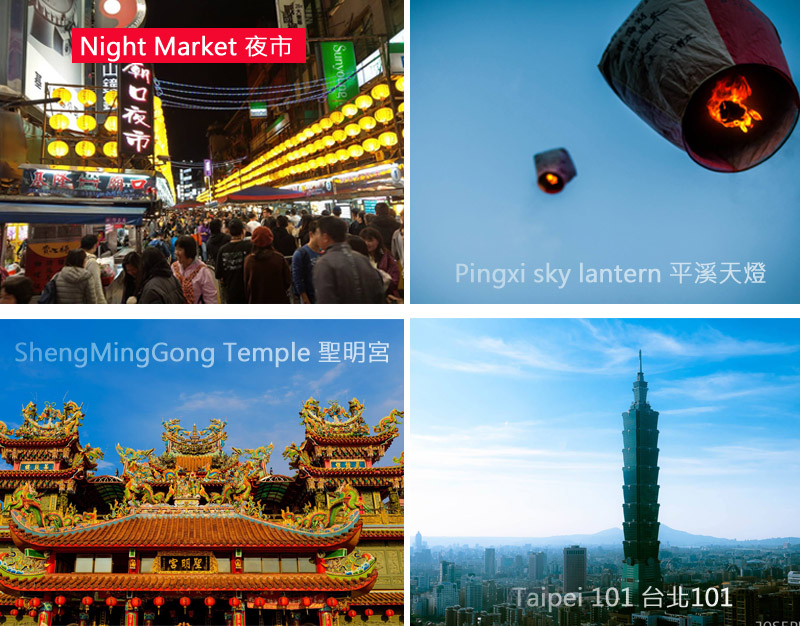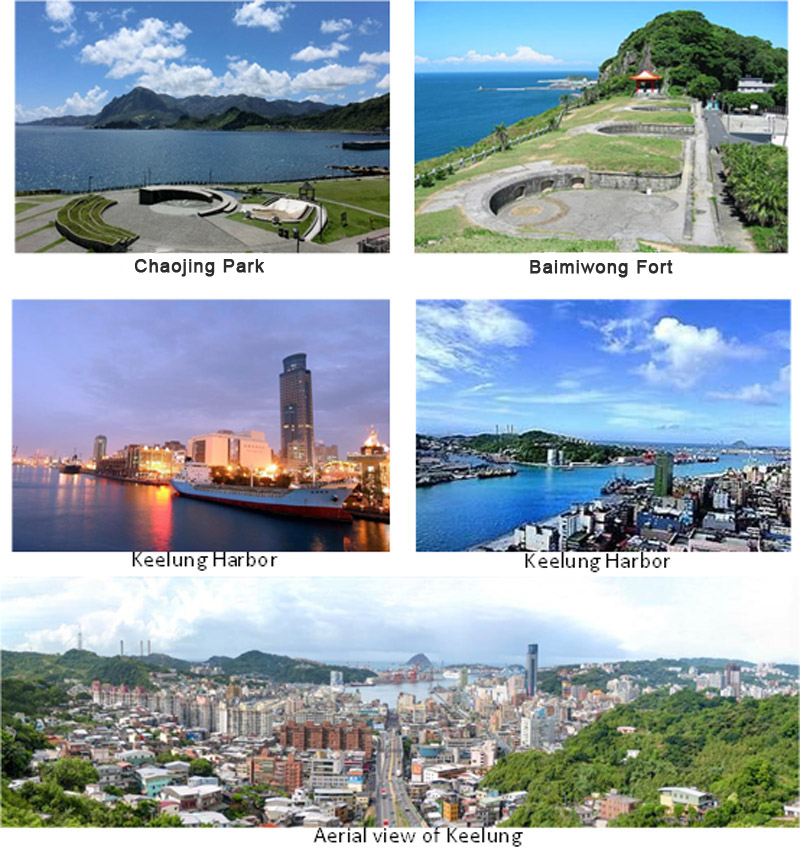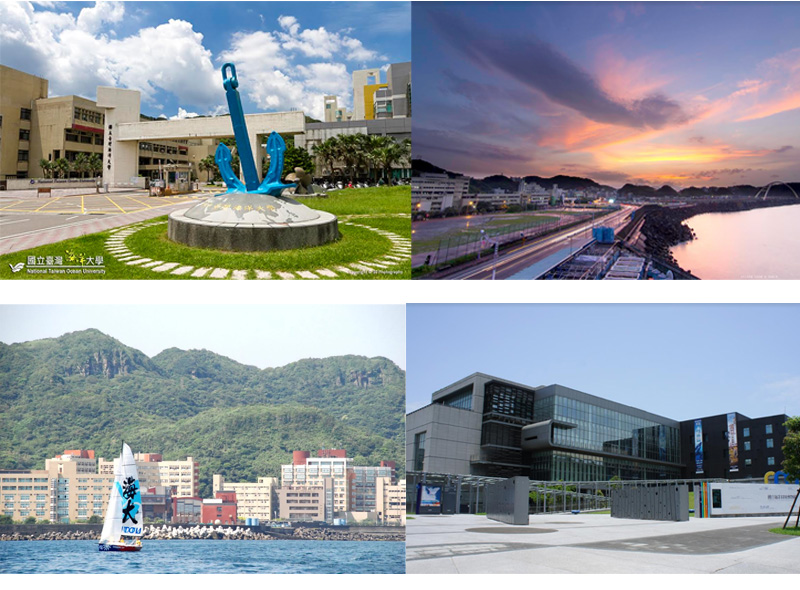
中文 | English

中文 | English
Taiwan Useful Information
(1) Taiwan Taoyuan International Airport Flight Information
(2) Taiwan Taipei Songshan Airport Flight Information
(3) Chine-Airlines Flight Timetable
(4) EVA Airways Flight Timetable
(6) Taiwan Weather
(7) Taiwan Electricity Information
Taiwan is located off the southeast coast of the Asian Continent at the western edge of the Pacific Ocean, between Japan and the Philippines and right in the center of the East-Asian island arc, Taiwan forms a vital line of communication in the Asia-Pacific region. It covers an area of approximately 36,000 square kilometers (14,400 square miles) and is longer than it is wide. Two-thirds of the total area is covered by forested mountains and the remaining area consists of hilly country, platforms and highlands, coastal plains and basins. The Central Mountain Range stretches along the entire country from north to south, thus forming a natural line of demarcation for rivers on the eastern and western sides of the island. On the west side, lies the Yushan (Yu Mountain) Range with its main peak reaching 3,952 meters, the highest mountain peak in Northeast Asia.

Keelung, officially known as Keelung City (Chinese: 基隆市; pinyin: Jīlóng Shì), is a major port city situated in the northeastern part of Taiwan. It borders New Taipei with which it forms the Taipei–Keelung metropolitan area, along with Taipei itself. Nicknamed the Rainy Port for its frequent rain and maritime role, the city is Taiwan's second largest seaport (after Kaohsiung).
Keelung was first inhabited by the Ketagalan, a tribe of Taiwanese aborigine. The Spanish expedition to Formosa in the early 17th century was its first contact with the West; by 1624 the Spanish had built San Salvador de Quelung, a fort in Keelung serving as an outpost of the Manila-based Spanish East Indies. The Spanish ruled it as a part of Spanish Formosa. From 1642 to 1661 and 1663–1668, Keelung was under Dutch control. The Dutch East India Company took over the Spanish Fort San Salvador at Santissima Trinidad. They reduced its size and renamed it Fort Noort-Hollant. The Dutch had three more minor fortifications in Keelung and also a little school and a preacher.

National Taiwan Ocean University (NTOU) was established in 1953 as Provincial Taiwan Maritime Technology College. Eleven years later, in 1964, it became a maritime college that offered bachelor's and master's degrees in various maritime fields. During this period, the college was supported by the Taiwan Provincial Government of the Republic of China. In 1979, it became a national institution, and were renamed the National Taiwan College of Marine Science and Technology. A decade later, in 1989, the college became a full-fledged university.
At present, NTOU has seven colleges - Maritime Science and Management, Life Sciences, Ocean Science and Resource, Engineering, Electrical Engineering and Computer Science, Ocean Law and policy as well as Humanities and Social Sciences. These Colleges house a total of 22 undergraduate departments,11 graduate institutes,27 master programs and 20 doctorate program. Currently it has about ten thousand students enlisted in the programs.
The University has undergone a great growth and change and is now recognized as one of the nation's most important centers of high learning and scholarship, especially in the marine sciences, maritime studies, and fisheries.
Responding to the changing needs of society and the widening interests of our students, it is developing into a comprehensive university with a unique maritime focus. it aims to be an internationally known institution of higher education. Towards this end, their social sciences and liberal arts programs are developing as a core part of education at NTOU. The University is rapidly moving toward providing a positive learning environment and culture for intellectual and personal growth, with ocean interests as their unique characteristic.
The National Museum of Marine Science & Technology is more than just a museum. It epitomizes balance, combining modern design and scenic landscapes. Encompassing an area of over 500,000 square meters in the city of Keelung’s Badouzi Harbor, the NMMST includes an award winning Museum Complex, breathtaking highland viewpoints, and numerous parks and trails.
The Museum Complex, which includes the Main Exhibition Building, IMAX Theater, and the Regional Exploration Building, features detailed exhibitions pertaining to marine science, technology, ecology, and culture. Additionally, the Museum Complex has important ties to the history of Taiwan. Formerly the site of the Pei-Pu Steam Power Station, which was constructed in 1937 during the Japanese occupation of the island, the Main Exhibition Building retains the power station's existing foundation and structure, which can still be seen from inside the museum today.
NMMST welcome you to visit and discover everything that the NMMST has to offer, including a permanent exhibition of Taiwanese underwater cultural heritage, it is certainly a destination that is not to be missed!

The main location of this conference will be held at NTOU main campus. NTOU has 5 meeting rooms in total, including the TUNG-CHIANG PI Auditorium located at Building of Humanities; 1st, 2nd Auditorium and two meeting rooms located at third and fourth floor of the Administration Building. Capacity and seating information of each meeting room are listed in the following Table.
Room | Capacity(seats) | Picture of the room |
Tung-Chiang Pi Auditorium | 131 |
|
1st Auditorium | 295 |
|
2nd Auditorium | 74 |
|
3rd-Floor Meeting Room | 20 |
|
4th-Floor Meeting Room | 42 |
|
Exhibition Hall |
|




